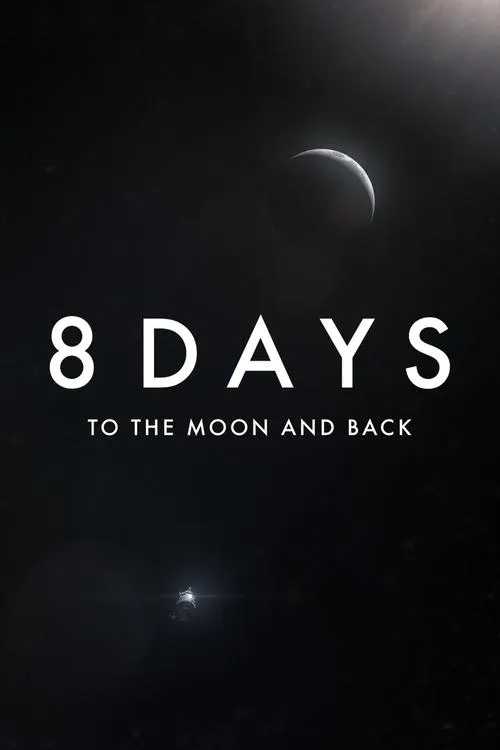8 Days: To the Moon and Back

Intrigue
As the world held its breath in anticipation, Apollo 11 embarked on a perilous journey that would etch its name into the annals of history. The year was 1969, and the United States had set its sights on a monumental achievement - the first manned mission to land on the lunar surface. Eight days of preparation, training, and sheer determination would culminate in a moment of triumph that would captivate the hearts of millions. Launched on July 16th from the Kennedy Space Center in Florida, Apollo 11's spacecraft, Eagle, along with the Command Module, Columbia, soared into the sky, leaving Earth's atmosphere behind. The three astronauts, Neil Armstrong, Edwin "Buzz" Aldrin, and Michael Collins, had spent years training for this moment, perfecting their skills and building the necessary expertise to tackle the unforgiving environment of space. As the spacecraft traversed through the blackness of space, the astronauts' conversations, captured in mission audio, reveal a mix of excitement, professionalism, and camaraderie. Their banter and jokes hide a deep-seated focus and determination, a testament to the rigorous preparation that had led them to this point. "Beautiful sight," Armstrong comments on the stunning view of the Earth from space, his words echoing through the ages. The journey to the moon was a long and arduous one, with the astronauts having to endure weightlessness, temperature fluctuations, and the psychological strain of being confined in a small space for extended periods. Their trust in each other and their mission was unshakeable, a bond forged through shared experiences and countless hours of training. Collins, in his solitary orbit of the moon in the Command Module, would serve as a crucial backup system, ready to assist his fellow astronauts at a moment's notice. Day three of the mission saw the spacecraft reach lunar orbit. Armstrong and Aldrin suited up in their Extravehicular Activity (EVA) suits, preparing to embark on a journey that would change the course of history. Collins watched anxiously from above, his heart pounding in his chest as he radioed back to Mission Control, "Everything looks good here." July 20th dawned, and Armstrong, in the lunar module, Eagle, prepared to separate from the Command Module, Columbia. The moment of truth had arrived. The lunar module descended onto the moon's surface, sending ripples of anticipation across the globe. Armstrong's famous phrase, "Houston, Tranquility Base here. The Eagle has landed," crackled through the radio waves, as millions held their collective breath. With only a few hours of air supply left in the lunar module, Armstrong and Aldrin suited up once more, this time descending onto the moon's surface in the lunar module's Eagle. As they stepped out onto the moon's dusty, barren landscape, they left an indelible mark on the world. "That's one small step for man, one giant leap for mankind," Armstrong declared, his words etching themselves into the very fabric of history. The two astronauts collected samples, planted the United States flag, and conducted experiments, their every move meticulously planned and executed. As they explored the vast expanse of the moon's surface, they shared moments of wonder, awe, and sheer elation. The stark beauty of the moon's landscape left them breathless, a stark reminder of the vastness and mystery that lay beyond their tiny terrestrial existence. Their return to the lunar module and subsequent liftoff back into lunar orbit marked a triumphant moment in the mission. The journey to return to Earth was long and arduous, but the relief and elation that washed over the astronauts as they splashed down into the Pacific Ocean on July 24th was palpable. They had achieved the impossible, a feat of human ingenuity that would inspire generations to come. In the years that followed, the significance of the Apollo 11 mission would only deepen, its impact felt in the lives of people around the world. The triumph over adversity, the courage to push beyond the boundaries of what was thought possible, and the sheer determination of three brave astronauts who dared to dream big would forever be etched in the annals of history.
Critiques
Recommandations




